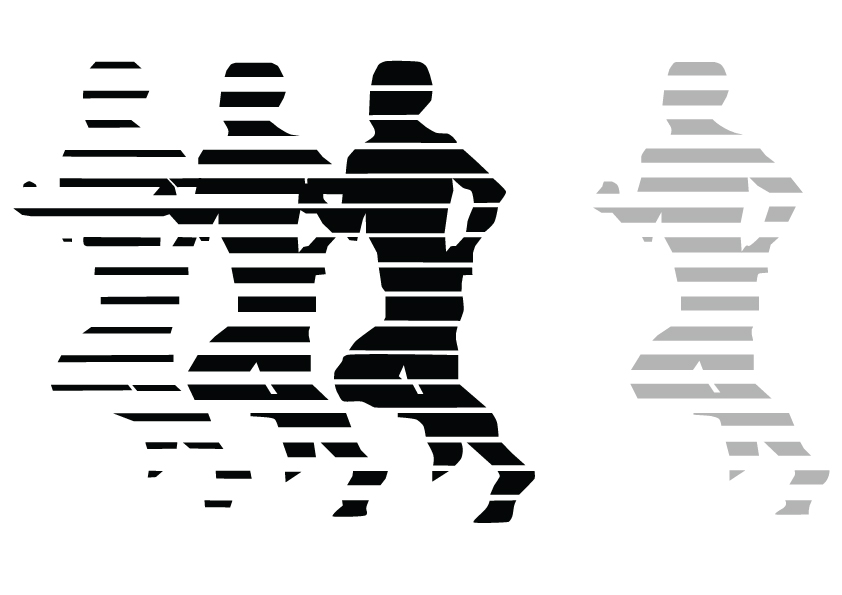Anatomy
The rotator cuff muscles are a group of four muscles around the shoulder. They include the supraspinatus, infraspinatus, subscapularis and teres minor. The muscles have a specific role in FINE TUNING SHOULDER MOVEMENT, STABILISING AND WORKING IN CONCERT WITH LARGER MUSCLES TO CREATE STRENGTH in moving the shoulder particularly in rotating (twisting the arm in or out), and together they work to stabilise the shoulder within its socket. Each muscle is attached onto the shoulder bone via a tendon. A tendinopathy refers to REPEATED DAMAMAGE AND irritation of the tendon.
Mechanism
Rotator cuff tendinopathy is an overuse condition occurring from repetitive use of the rotator cuff muscleS. The supraspinatus muscle is the most common muscle, and therefore tendon, affected. rotating the arm. Injury can occur overtime from repetitive throwing sports such as water polo, or repetitive shoulder movements such as swimming. With continued use and contraction, the muscle’s tendon continues to become irritated at its attachment onto the bone. An inflammation response develops AND POTENTIALLY STRUCTURAL TENDON CHANGE RESULTING IN PAIN ON BOTH COMPRESSION AND TENSILE LOAD as a result of this irritation.
Symptoms
Pain develops gradually over time and is felt at the shoulder or can radiate down into the upper arm. Pain may be felt at the start of activity, warm up, then return once activity ceases. However, as the condition progresses, pain can be felt at the start of activity and worsen as the activity is continued. Pain is often worse at night, particularly when lying on the injured side. Commonly overhead activities or taking the arm out to the side are worse with a supraspinatus injury. However, pain and limitation is dependent upon which rotator cuff muscle is involved; pain may be felt when reaching behind the back (such as when putting a bra on putting a wallet in the back pocket). A pinching feeling in the shoulder can be felt as the rotator cuff muscles are not able to stabilise the shoulder within its socket as efficiently, resulting in impingement of the shoulder onto the surrounding structures.
ADHESIVE CAPSULITIS
Anatomy
The shoulder joint (glenohumeral joint) is surrounded by a capsule made up of connective tissue and ligaments within. Capsulitis refers to inflammation within this capsule causing scarring of the tissue. This then results in pain and restricted range of movement of the shoulder. The term “frozen shoulder” has its name from the limited range of movement that occurs.
Mechanism
Although there is no known cause for adhesive capsulitis, there are potential risk factors which include shoulder surgery, shoulder injury and diabetes. Commonly, the age group at risk is those over 40 years of age. There is also a higher incidence in females.
Symptoms
Adhesive capsulitis can be broken down in stages by the symptoms felt. In the first stage pain is felt, commonly with no known mechanism. In the second stage, stiffness of the shoulder and decreased range of movement occur over time secondary to a lack of movement from pain and the inflammation. All shoulder movement can be painful and/or stiff.
Treatment/ Future implications
Treatment often depends on the severity and the stage of adhesive capsulitis. Commonly, pain can be treated with anti-inflammatory medication. However, a steroid injection may be required for stronger pain relief. Soft tissue massage can improve range and limit symptoms, and is often used in conjunction with pain relief. Adhesive capsulitis can take up to 9 months for complete recovery if treatment is sought. Without treatment, the condition can resolve over a longer time and may take up to 2 years to recover. However, some loss motion may occur without seeking treatment. If little improvements do occur, surgery may be indicated.
